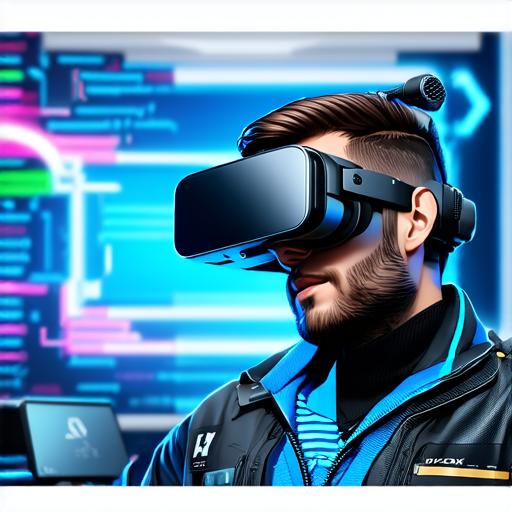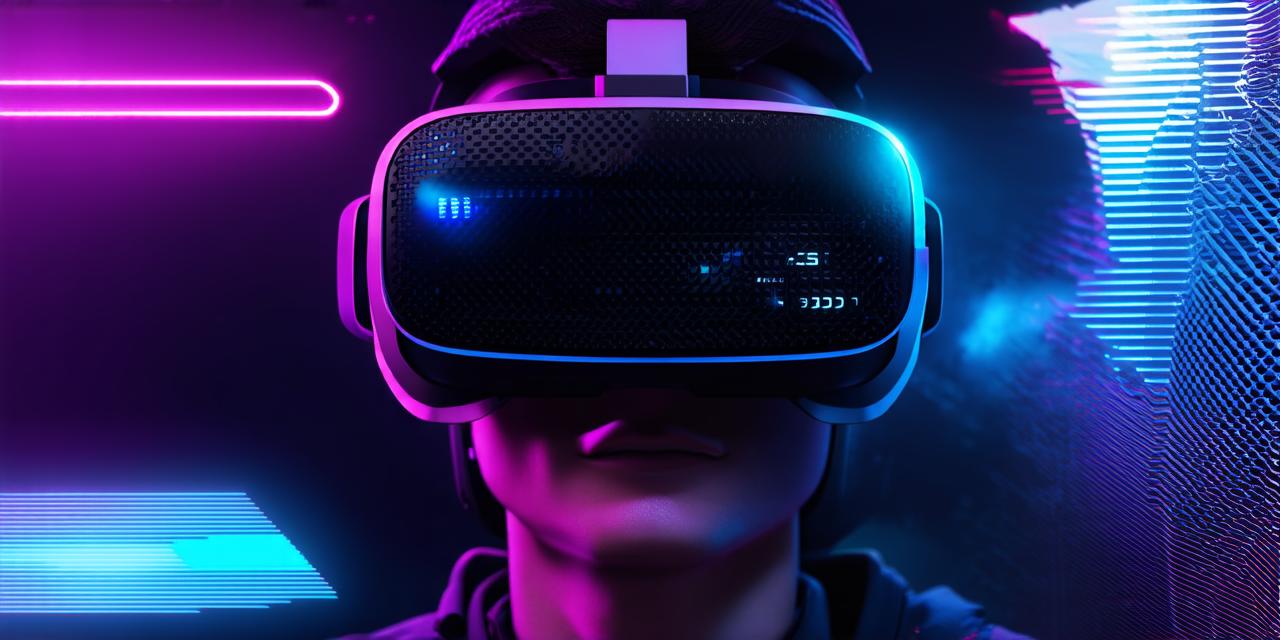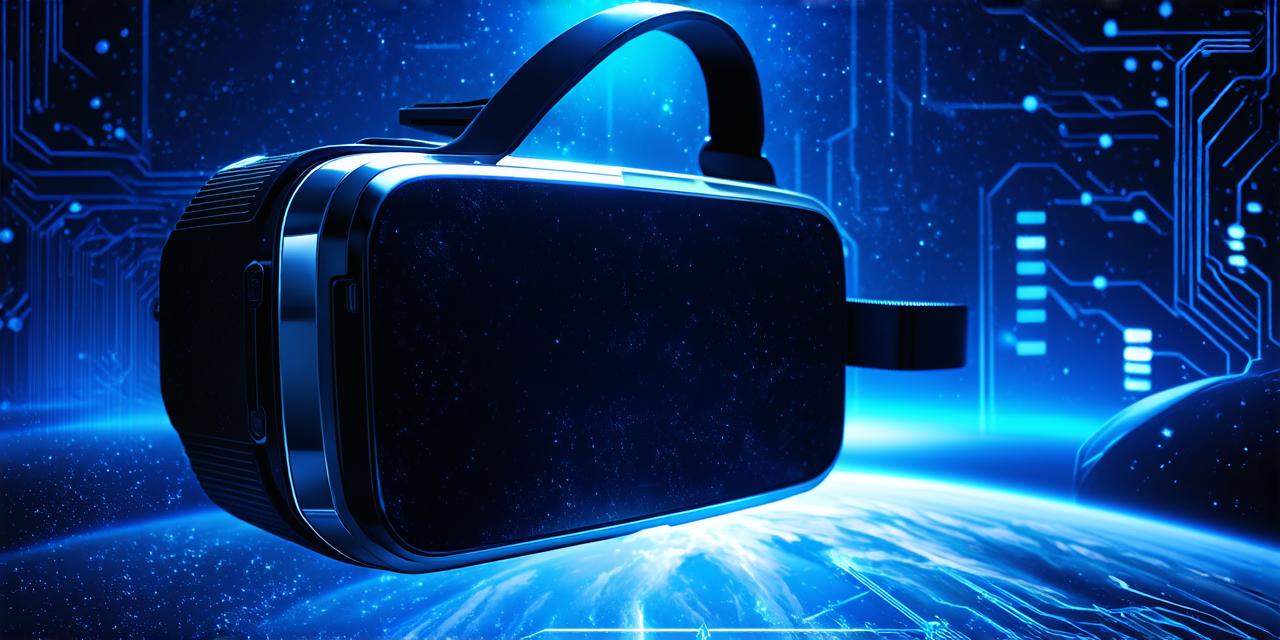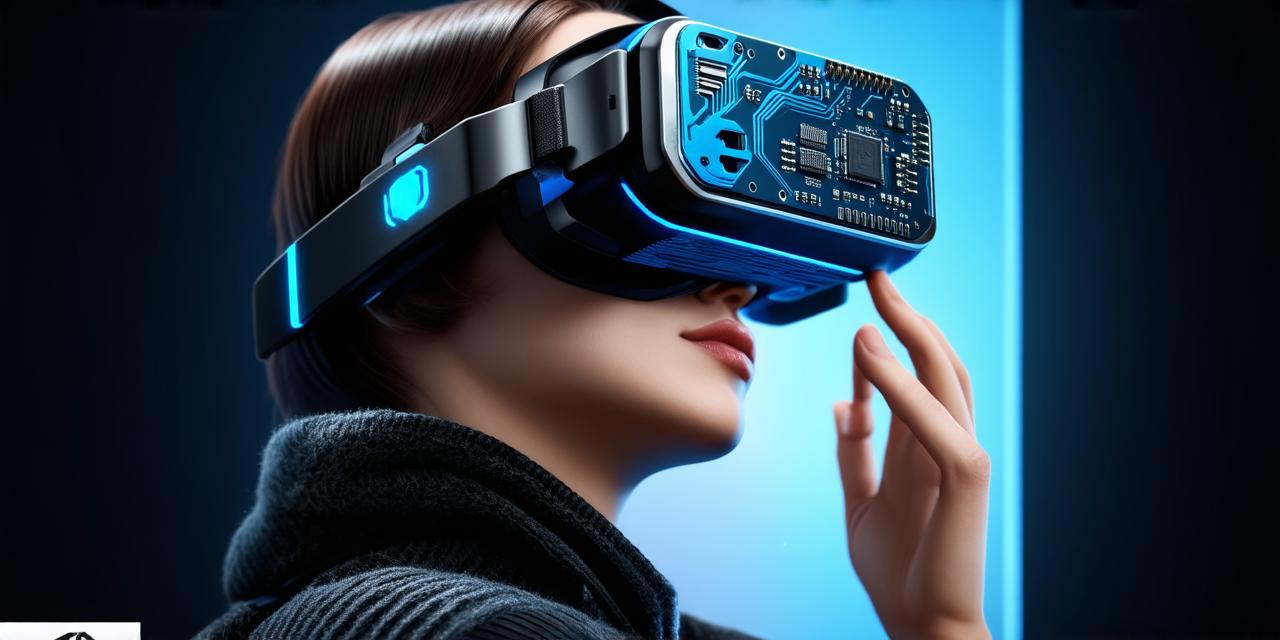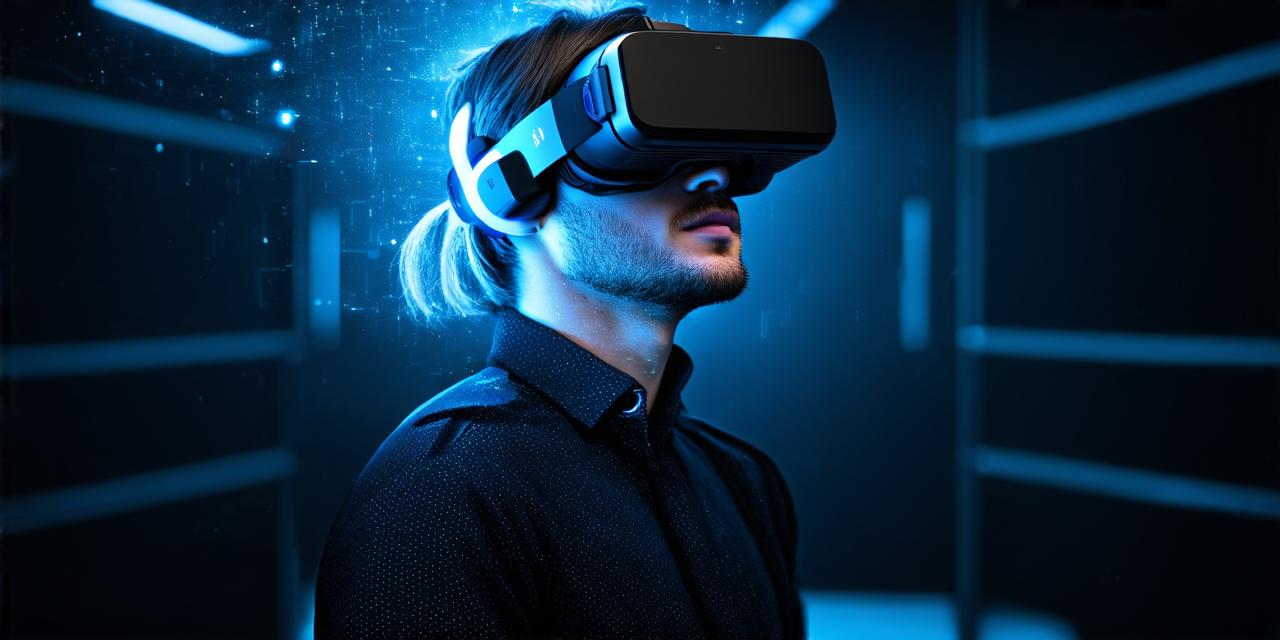Virtual reality (VR) is an immersive technology that allows users to interact with digital environments in a lifelike manner. With the rise of VR, there’s been a surge in demand for virtual reality apps across various industries, from gaming and entertainment to healthcare and education. As an AR developer, you may be interested in exploring how to develop VR apps to enhance your skills and expand your portfolio. In this comprehensive guide, we will explore the process of developing virtual reality apps, from hardware requirements to best practices for designing and programming VR experiences.
Hardware Requirements
Before you start developing virtual reality apps, it’s important to understand the hardware requirements for VR development. The most common VR hardware includes headsets such as Oculus Rift, HTC Vive, and PlayStation VR, as well as handheld controllers like the Oculus Touch and Vive Wand.
To develop a VR app, you’ll need a high-performance computer that meets the following specifications:
- Processor: Intel Core i7 or AMD Ryzen 7
- RAM: 16GB or more
- Graphics card: NVIDIA GTX 1080 Ti or AMD Radeon RX Vega 64
- Storage: SSD with at least 512GB free space
In addition to a high-performance computer, you’ll also need a development kit for the specific VR platform you plan to target. For example, if you want to develop an app for the Oculus Rift, you’ll need the Unity Hub and the Unreal Engine.
Designing for VR: Best Practices
Once you have the hardware requirements in place, it’s time to start designing your virtual reality app. Here are some best practices to keep in mind when designing for VR:
- Keep the user experience in mind: VR can be disorienting and immersive, so it’s important to design your app with the user experience in mind. Consider how users will interact with your app in a VR environment, and ensure that your design is intuitive and easy to navigate.
- Create a compelling narrative: Virtual reality experiences should be immersive and engaging. To create a compelling narrative, consider incorporating elements such as storytelling, interactive environments, and realistic visuals.
- Optimize for performance: VR apps require high performance to avoid motion sickness and other discomforts. Ensure that your app is optimized for performance by minimizing draw calls, reducing the number of textures, and using efficient rendering techniques.
- Test extensively: VR development can be complex, so it’s important to test your app thoroughly before release. Consider testing on multiple platforms and devices to ensure compatibility and identify any issues that need to be addressed.
Programming for VR: Tips and Tricks
Once you have designed your virtual reality app, it’s time to start programming. Here are some tips and tricks to keep in mind when programming for VR:
- Choose the right engine: There are several game engines available for VR development, including Unity, Unreal Engine, and CryEngine. Each engine has its strengths and weaknesses, so choose the one that best suits your needs.
- Use VR-specific APIs: When programming for VR, it’s important to use APIs that are specifically designed for virtual reality development. This will help ensure compatibility with VR hardware and provide access to VR-specific features such as head tracking and controllers.
- Optimize for performance: As mentioned earlier, VR apps require high performance to avoid motion sickness and other discomforts. Ensure that your code is optimized for performance by minimizing draw calls, reducing the number of textures, and using efficient rendering techniques.
- Test extensively: As with design, it’s important to test your app thoroughly before release. Consider testing on multiple platforms and devices to ensure compatibility and identify any issues that need to be addressed.
Case Study: Developing a Virtual Reality App for Healthcare Education
To illustrate the process of developing a virtual reality app, let’s take a look at a case study of developing a VR app for healthcare education.
Suppose you are tasked with creating a virtual reality app that teaches medical students about human anatomy. To develop this app, you would first need to research and understand the requirements for designing and programming a VR app in the healthcare industry. You would then need to design the user experience and create a compelling narrative that engages students and helps them learn about human anatomy.
Next, you would need to choose the right game engine and use VR-specific APIs to program the app. You would also need to optimize the app for performance and test it extensively on multiple platforms and devices to ensure compatibility and identify any issues that need to be addressed.
Finally, once the app is complete, you would need to market and distribute it to medical schools and other healthcare institutions. This could involve partnering with educational organizations or submitting the app to app stores for wider distribution.
Summary
Developing virtual reality apps can be an exciting and rewarding experience for AR developers looking to expand their skills and create innovative experiences. By understanding the hardware requirements, following best practices for design and programming, and optimizing for performance and testing extensively, you can create engaging and immersive VR experiences that resonate with users across various industries. Whether you’re interested in developing a virtual reality app for gaming, entertainment, healthcare, or education, the key to success is to keep the user experience in mind and create a compelling narrative that engages and educates.
FAQs
Here are some frequently asked questions about developing virtual reality apps:
- What hardware do I need to develop a VR app?
- What are some best practices for designing a VR app?
- What programming languages and engines are commonly used for VR development?
- How do I optimize a VR app for performance?
